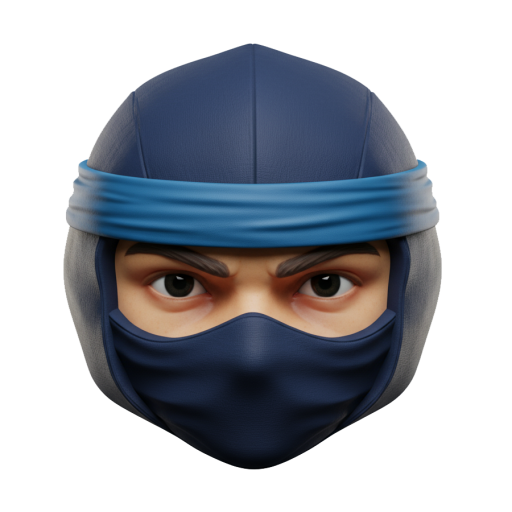Shoppers glance for 2–4 seconds before making a decision. In that short window, your sticker has to spark attention, deliver a cue, and promise value. That’s where design psychology does the heavy lifting—and where **ninja transfer** gets brought up a lot by teams asking where to get custom stickers made without sacrificing brand standards.
I sell the outcome, not just the print. When a marketing lead calls from a North American beverage start-up, they don’t ask for specs first. They ask, “Will this get picked up?” Here’s where it gets interesting: small shifts in hierarchy, color contrast, and tactile cues routinely drive 10–15% more pick-ups in retail tests. But there’s a catch—if the finish overpowers the message, the sticker becomes decoration instead of a signpost.
My take: invest first in a clear focal point and tight color control (ΔE in the 2–4 range), then add one tactile layer. Overbuild it and you risk curling, glare, or muddy messaging; underbuild it and you miss that micro-moment. Let me back up for a moment and show how the psychology maps to real-world sticker decisions.
The Psychology of Visual Hierarchy
Eye-tracking studies show the top third of a label gets 60–70% of initial attention. On a small format—think a 3-inch round—your focal point needs to sit high and read fast. A bold logomark or benefit claim in high-contrast type, then secondary details placed lower, keeps the scan path clean. For a custom stickers sticker brief, I’ll often suggest one dominant shape and a single accent color to avoid visual noise.
Color choices are not just aesthetic; they’re behavioral. In retail pilots, brands saw more pick-ups when color stayed within ΔE 2–4 across runs, especially with Digital Printing. For Screen Printing, you can hit saturated solids, but fine gradients can break the flow and distract. Pastels can work for custom stickers for wedding suites, yet in crowded shelves, a pastel-on-pastel scheme often trails a high-contrast palette by 5–10% in pick-up rate.
Typography seals the deal. Set a primary message in a weight that carries at 1–2 meters, then a supporting line in a lighter weight. On Labelstock or PP film, ink holdout varies, so test type sizes in a quick Short-Run. If you’re wondering where to get custom stickers made that maintain crisp type, prioritize vendors who will proof on the actual substrate—not just on paper—and can show you ΔE and registration targets before the run.
Finishing Techniques That Enhance Design
Spot UV, Foil Stamping, and Soft-Touch Coating add cues your brain reads as value. In shopper labs, tactile finishes led to 12–18% more lingering time. But balance is key: a micro Spot UV on the logomark and a soft-touch background can lift perceived quality without glare. UV Ink is great for durability; just watch for over-build on very small stickers, where thick layers can fight with the adhesive and cause edge lift.
RunLength matters. For On-Demand or Seasonal projects, Digital Printing plus a single finishing pass is usually the sweet spot—flexibility without heavy setup. Here’s a simple field example: a café promo used a small QR tucked beside a foil accent and tracked scans with a discreet ninja transfer discount code. They saw 8–12% scan-through on weekend traffic without cannibalizing the main focal point. It worked because the finish and the data cue didn’t compete.
Clients sometimes ask about availability—“Is there a ninja transfer location near us?” In practice, centralized production with regional shipping hits 2–4 day delivery across North America for most Short-Run labels. Technically, prep matters more than proximity: print-ready files with outlined type, 300+ dpi raster elements, and a separate Spot UV plate prevent last-minute art rebuilds. Aim for consistent lamination to avoid micro-scratching when stickers ride in totes or mailers.
Shelf Impact and Visibility
Size, shape, and placement decide who wins the glance. A 3–4 inch sticker tends to earn more shelf interaction than a 2–3 inch when paired with bold contrast, though it can crowd a small carton face. For custom stickers for wedding favors, smaller works when the surface is curved and touch is frequent; guests value the tactile cue over a large footprint. In retail, use die-cut shapes that echo the brand mark to create instant recognition.
Material choice changes visibility. High-gloss lamination can read as premium in bright aisles but may produce glare that masks small type. A matte or Soft-Touch Coating reduces glare and invites touch. On Glassine or Labelstock, watch translucency; a tinted substrate can shift color perception by a few ΔE, enough to make brand colors feel off at a glance. If you need a bright metallic note, a small Foil Stamping patch beats metalized film on tiny stickers for control and consistency.
A quick case from the Pacific Northwest: a kombucha start-up tested Digital Printing with Spot UV on Labelstock versus Offset Printing with varnish. Digital plus a micro Spot UV lifted the focal point and played well with curved bottles; the Offset version looked great flat, then lost edge pop on-shelf. Fast forward six weeks, they locked the digital spec and used a secondary set for event kits—yes, including a wedding sampler with a pastel palette and one tactile accent. If you’re debating where to get custom stickers made that carry your brand story without overcomplicating the run, focus on clear hierarchy, tight color, and one well-placed finish—and circle back to **ninja transfer** if you want a benchmark for those choices.
